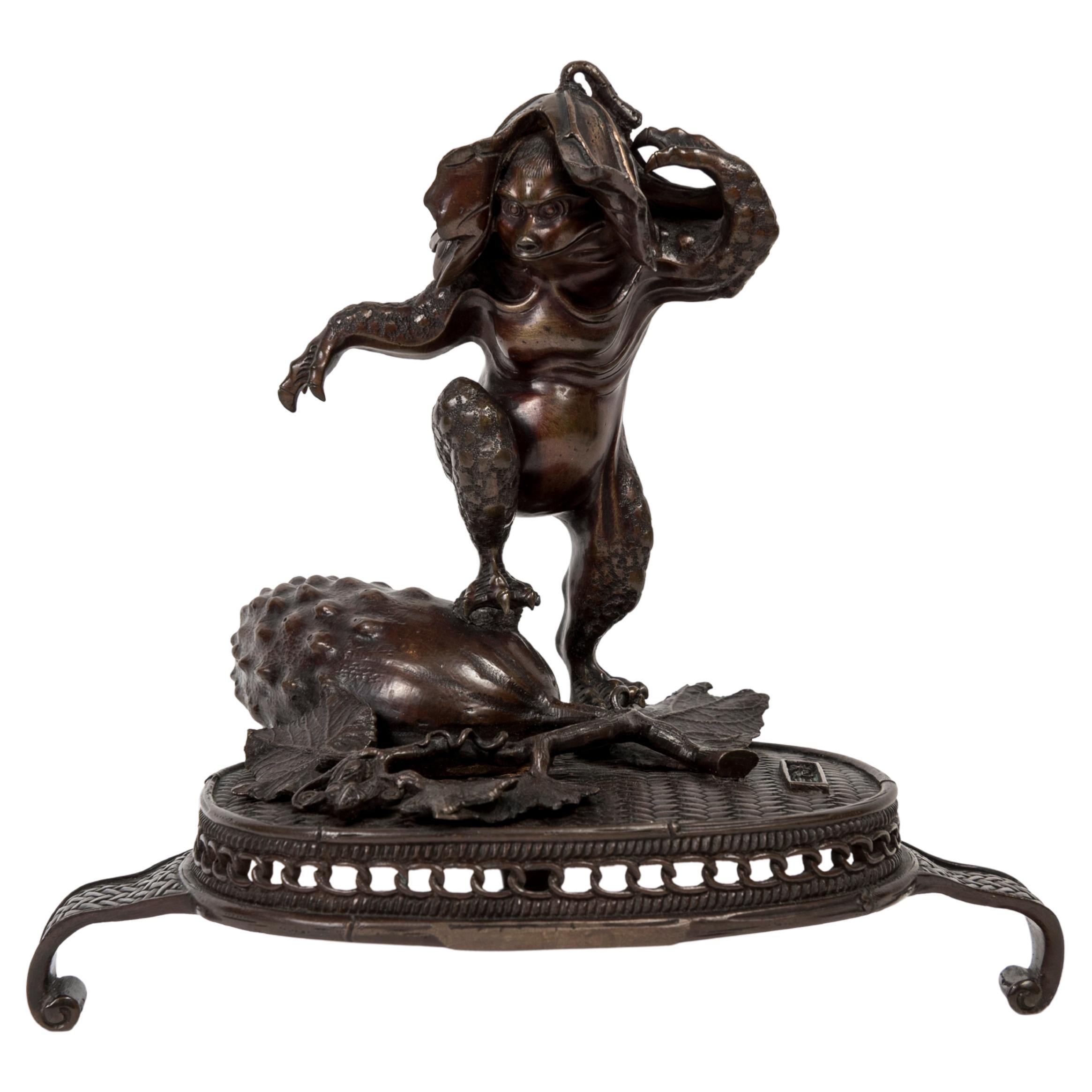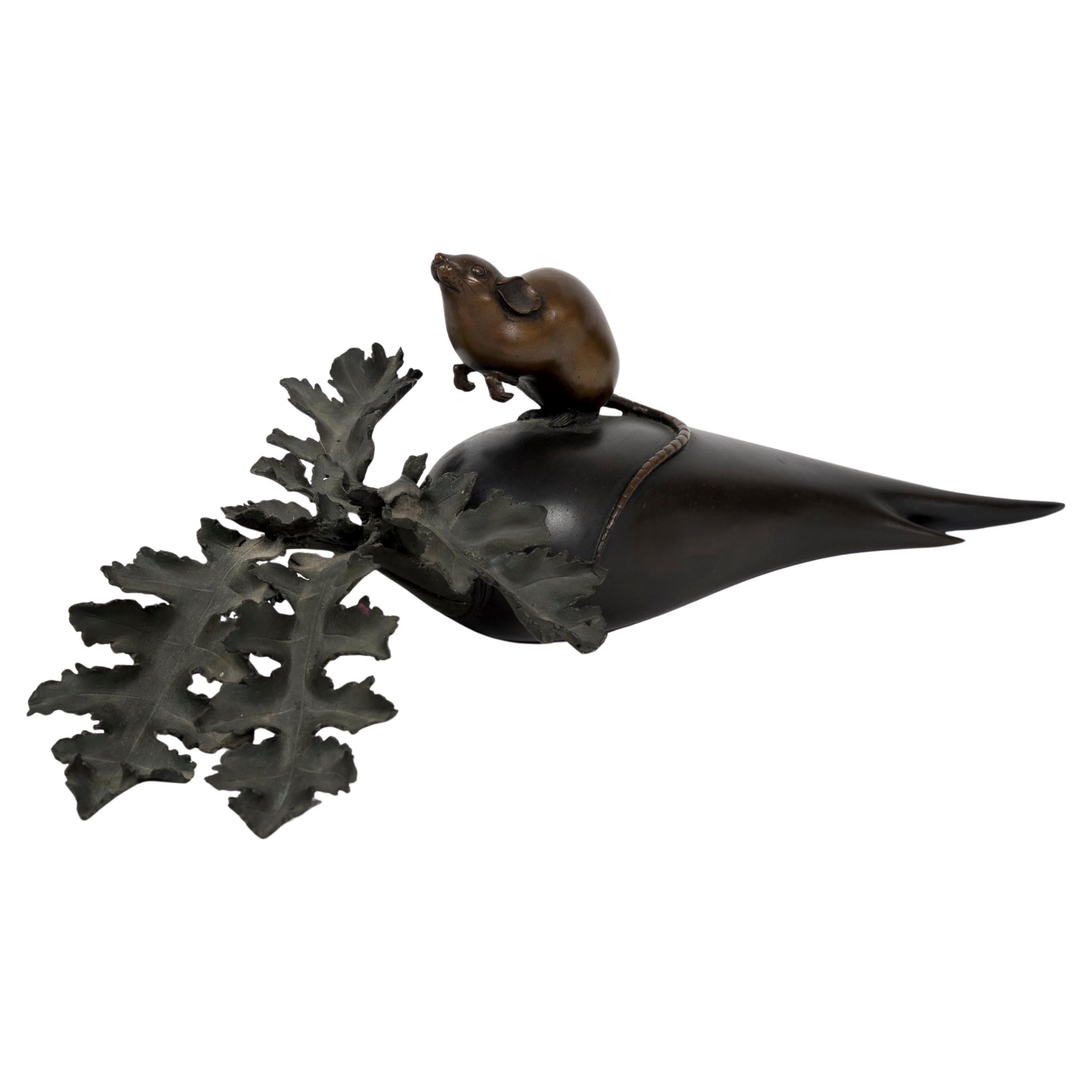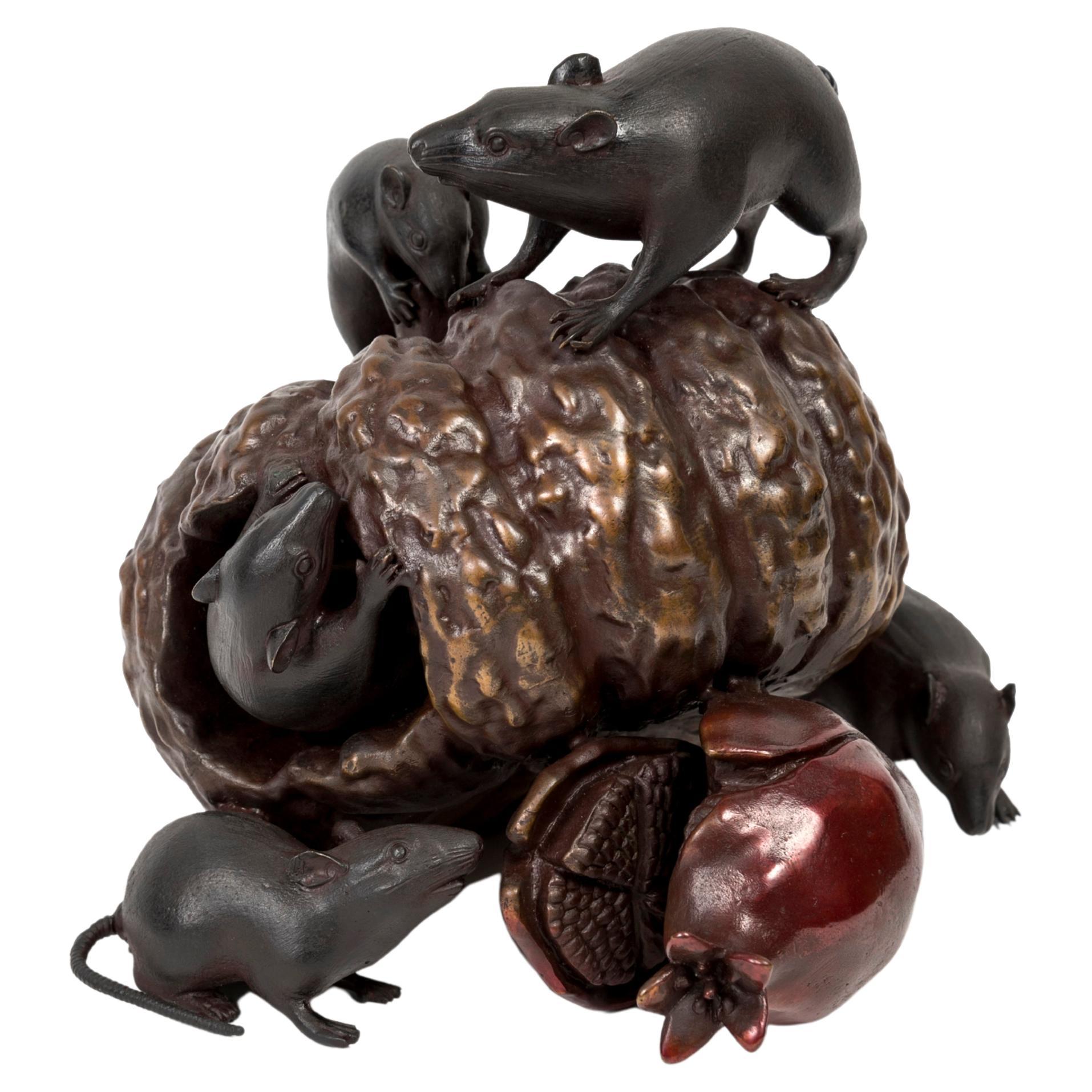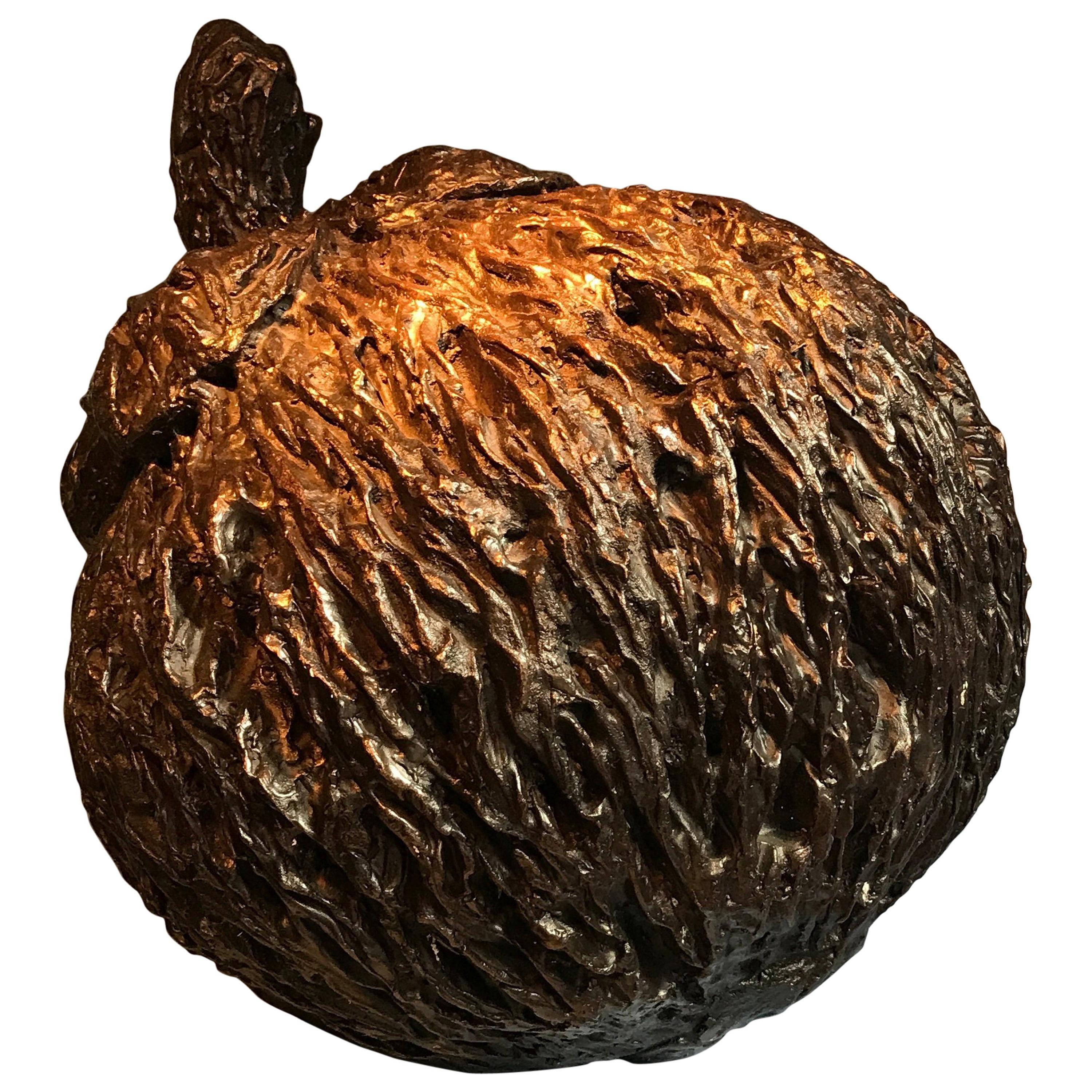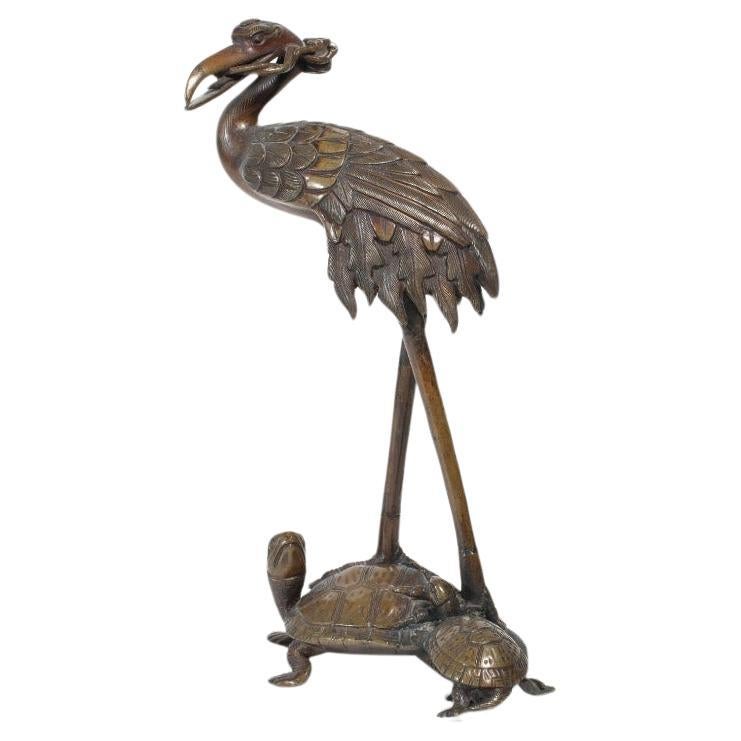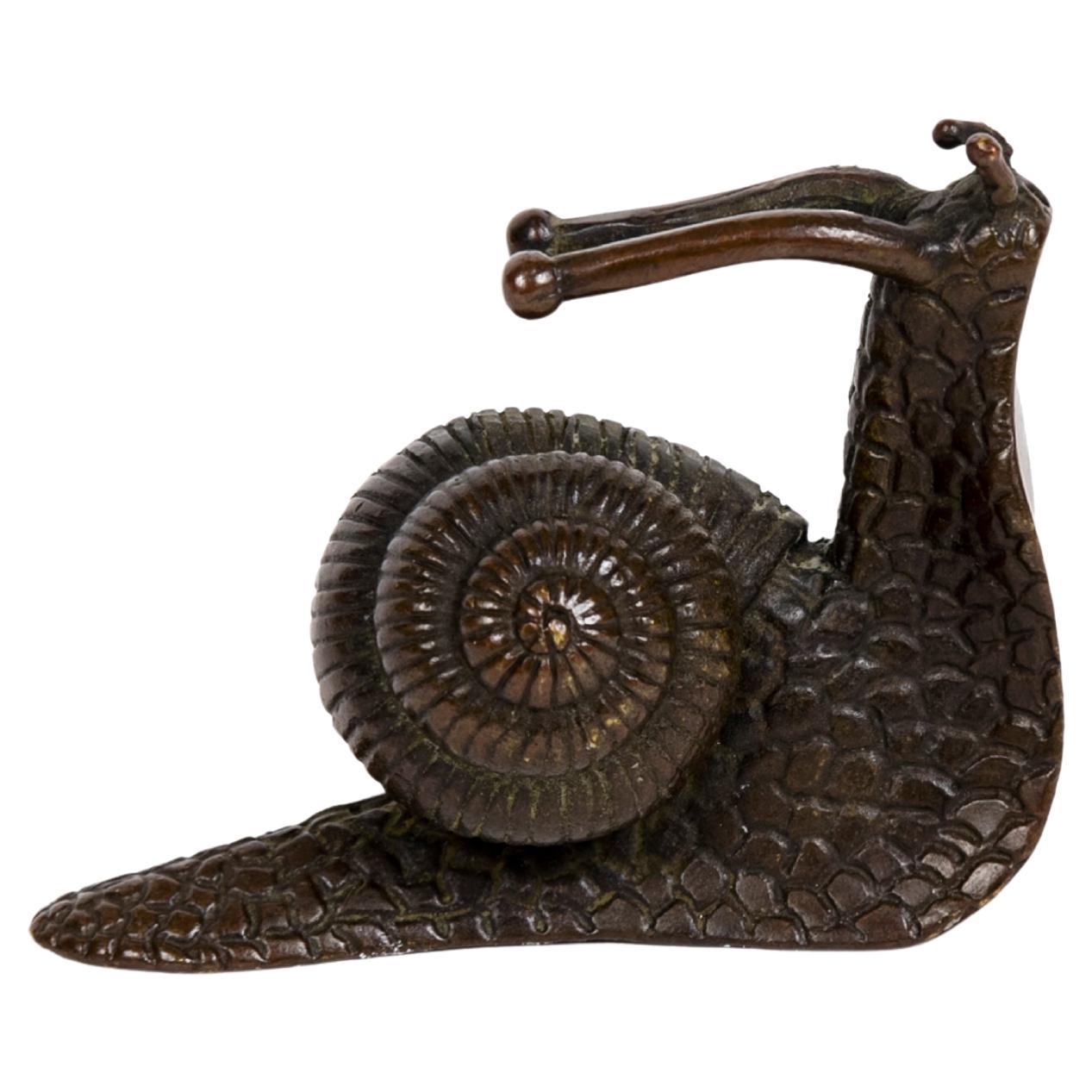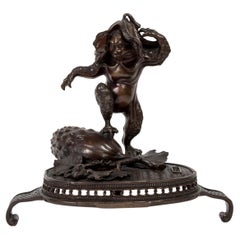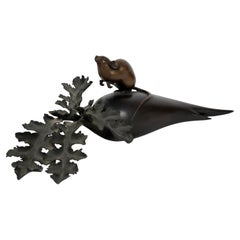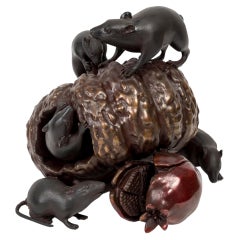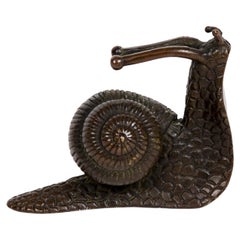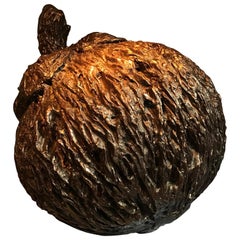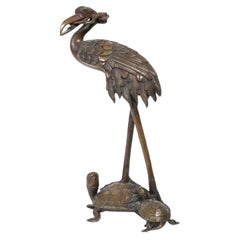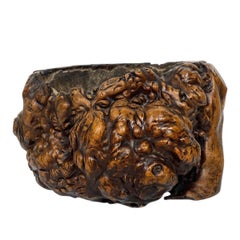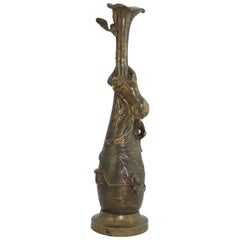Items Similar to Japanese bronze sculpture of a ginseng root, ganodermas mushrooms growing on it
Want more images or videos?
Request additional images or videos from the seller
1 of 7
Japanese bronze sculpture of a ginseng root, ganodermas mushrooms growing on it
$2,385.82
£1,763.87
€2,000
CA$3,281.66
A$3,647.77
CHF 1,912.08
MX$44,548.13
NOK 23,871.27
SEK 22,458.41
DKK 15,225.97
About the Item
Bronze sculpture representing a group of genoderma mushrooms developing on the long stem of a Ginseng root that is standing on two kakis. Logically this root would be Panax ginseng, the Asian breed, as a matter of fact the peduncle is longer that the petiole (the part surmounted with a flower and surrounded by leaves), which is not the case with the American ginseng (Panax quinquefolius).
Plant with medicinal virtues known for centuries, the ginseng was believed to cure any disease, its scientific name through Greek gave the word panacea, today its still cultivated all around the world and consumed to boost intellectual performance and stress resistance. The shiny Ganoderma mushroom (Ganoderma lucidum) also known as Reishi (霊芝) that could be translated into “Holy spirit mushroom or divine mushroom”. This word is actually the Japanese transcription of the Chinese: 灵芝 / 靈芝, pronounced língzhī in Chinese. The same mushroom has several names that refer either to the idea of a long life or to a ladle because it is said to look like this specific kitchenware.
Mushroom with a bitter taste and with no great culinary value it is indeed well known as a remedy of the traditional Chinese medicine since the Yuan dynasty (1271-1368). At the time it was known to be an antioxidant and used as a cosmetic and for nutritional purposes. Some recent studies demonstrate a limited field of application but with an impact backed by clinical testing. And it showed anti carcinogen and anti-cancerous properties as well as a potential effect against the human immunodeficiency virus (HIV)
Japan – Meiji era – (1600-1868)
Height : 11 cm - Length: 12 cm – width: 5 cm
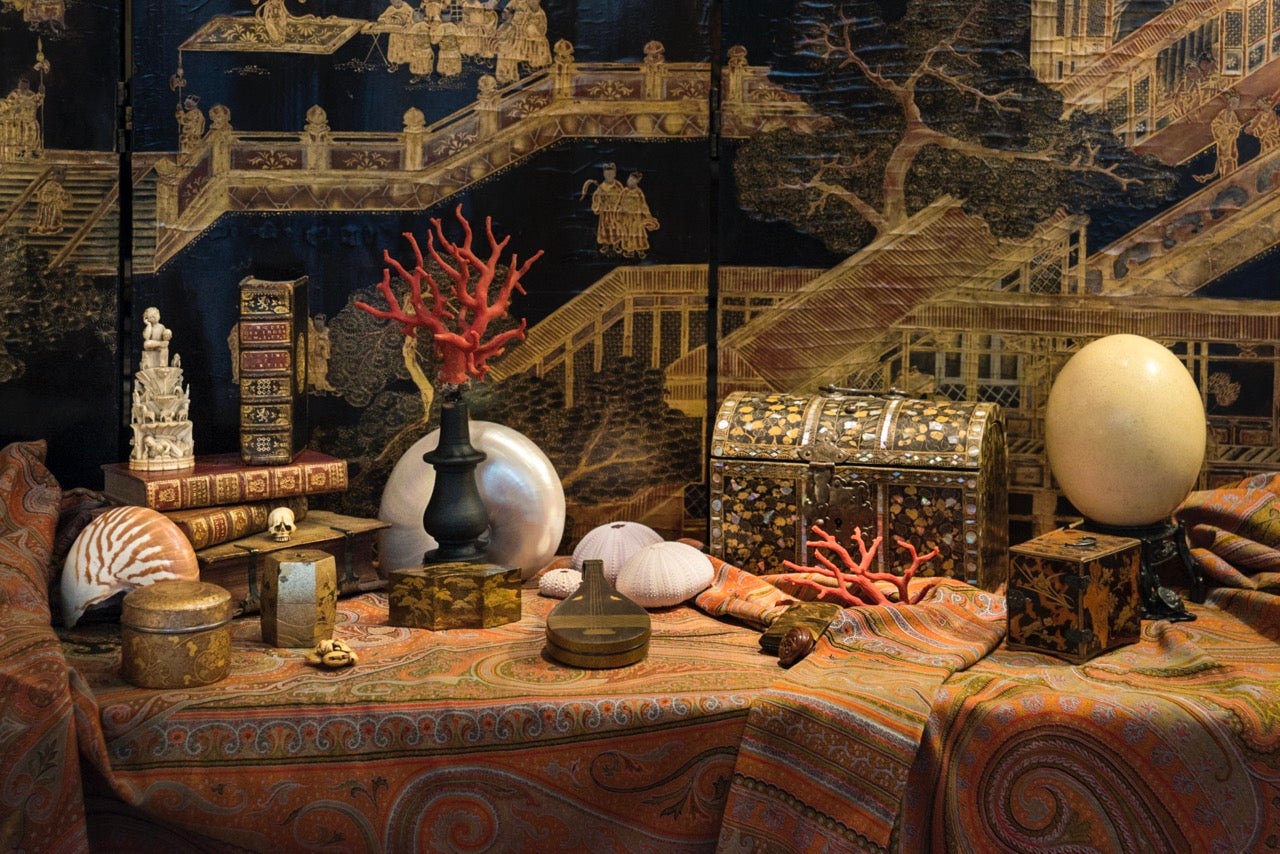
About the Seller
No Reviews Yet
Vetted Professional Seller
Every seller passes strict standards for authenticity and reliability
Established in 2013
1stDibs seller since 2023
- ShippingRetrieving quote...Shipping from: PARIS, France
- Return Policy
Authenticity Guarantee
In the unlikely event there’s an issue with an item’s authenticity, contact us within 1 year for a full refund. DetailsMoney-Back Guarantee
If your item is not as described, is damaged in transit, or does not arrive, contact us within 7 days for a full refund. Details24-Hour Cancellation
You have a 24-hour grace period in which to reconsider your purchase, with no questions asked.Vetted Professional Sellers
Our world-class sellers must adhere to strict standards for service and quality, maintaining the integrity of our listings.Price-Match Guarantee
If you find that a seller listed the same item for a lower price elsewhere, we’ll match it.Trusted Global Delivery
Our best-in-class carrier network provides specialized shipping options worldwide, including custom delivery.More From This Seller
View AllJapanese Bronze Kappa
Located in PARIS, FR
Dark brown patina bronze figure of a standing kappa with its right leg leaning on a cucumber. The figure is put on four-legged rattan-like bronze stand.
The kappa (??) is a aquatic creature taken from Japanese folklore having the appearance of an anthropomorphic turtle.
His skull is either slightly hollowed out to accommodate water, from which it derives its power, or hidden with a water lily leaf hiding this sag. Naturally polite, it is advisable to bow to him in order that it should do so in return, thus losing all the water he has gathered and leaving it harmless.
Kappa has the reputation of attempting to lure both humans and animals into the water. In some areas, it ravages fields, stealing eggplants and cucumbers. Some people prefer to worship it and give it offerings rather than be its victims.
Signed Shokaken (???). His real name is Ôshima Yasutarô. He was born in 1849 and is the third generation of a metalworkers family. Together with his brother Ôshima Joun...
Category
Antique Late 19th Century Japanese Metalwork
Materials
Bronze
$5,368
Bronze sculpture of a rat standing on a radish (Okimono)
Located in PARIS, FR
This beautiful bronze okimono depicts a mouse delicately perched on a leafy radish. The mouse, resting on its two hind legs, has a long tail that wraps around the radish. Each elemen...
Category
Antique Late 19th Century Japanese Meiji Metalwork
Materials
Bronze
Japanese Bronze Group of Mice, Pumpkin and Pomegranate
Located in PARIS, FR
Polychrome bronze of a group of mice around a pumpkin and a pomegranate. The five mice have a dark brown patina, while the hollowed-out gourd is dark brown and the split pomegranate ...
Category
Antique Late 19th Century Japanese Metalwork
Materials
Bronze
Japanese bronze of a Snail in a Naturalist Pose
Located in PARIS, FR
Bronze with a brown patina representing a snail with a very interesting pose. Its angular pose suggests that it could be exposed in such a way that he would mimic a real snail going ...
Category
Antique Late 19th Century Japanese Meiji Sculptures and Carvings
Materials
Bronze
Bronze okimono sculpture of an hare lying down
Located in PARIS, FR
Bronze sculpture with a brown patina that represents a hare lying down with an arched back. Its head and several other details are treated with great realism, from the texture of its...
Category
Antique Late 19th Century Japanese Meiji Metalwork
Materials
Bronze
Japanese bronze sculpture of a frog hidding in a lotus leaf (Okimono)
Located in PARIS, FR
A small bronze sculpture of a frog emerging from a huge lotus leaf, a small but detailed beetle on the other side of the leaf. The frog (kaeru) is associated with luck and wealth. In...
Category
Early 20th Century Japanese Taisho Metalwork
Materials
Bronze
You May Also Like
Contemporary Bronze Work of Art, Mangosteen
Located in Schellebelle, BE
Contemporary work of art in bronze by Asian artist Chanin Pan, mangosteen fruit.
Category
21st Century and Contemporary Asian Figurative Sculptures
Materials
Bronze
Japanese Okimono Incense Holder Sticks Bronze Statue Meiji Era, 1868-1912
Located in Amsterdam, Noord Holland
Japan - MeuiI period (1868 - 1912) bronze Okimono turtle incense burner
Meiji era (1868-1912), 19th century
Additional information:
Material: Bronze, Cloisonne & Metal
Region of Or...
Category
Antique 19th Century Japanese Meiji Animal Sculptures
Materials
Bronze
Late 19th Century Hibachi Tree Root
Located in Pomona, CA
A Japanese Meiji period freeform hibachi from the late 19th century.
Category
Antique Late 19th Century Japanese Sculptures and Carvings
Materials
Wood
Antoine Bofill Art Nouveau Nude Bronze Sculpture, circa 1900
By Antoine Bofill
Located in Dallas, TX
This is one of Antoine Bofill's best models, being a signature Art Nouveau nature form with a beautiful nude nymph gazing upon a bumble bee insect. The patina on this statue figure i...
Category
Early 1900s Art Nouveau Figurative Sculptures
Materials
Bronze
Meiji Period Japanese Bronze Duck and Duckling with Lotus Branch (1868–1912)
Located in New York, NY
Finely cast bronze sculpture depicting a mother duck with her duckling, the larger bird grasping a leafy lotus stem in its beak, with a lotus seed pod resting on its back. Executed w...
Category
Early 20th Century Japanese Meiji Animal Sculptures
Materials
Bronze
Japanese Bronze Okimono Sculpture by Yamamoto Kozan
Located in Newark, England
YOUNG MAN WOOD CUTTING
From our Japanese collection, we are pleased to offer this Japanese Bronze Okimono by Yamamoto Kozan. The Japanese Bronze Sculpture cast in Bronze with a natu...
Category
Early 20th Century Japanese Meiji Sculptures and Carvings
Materials
Bronze
